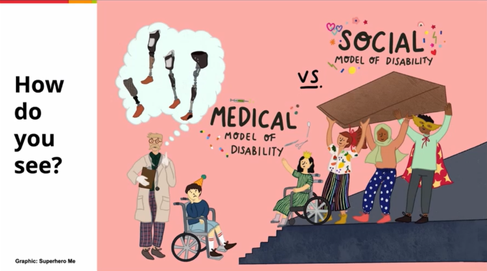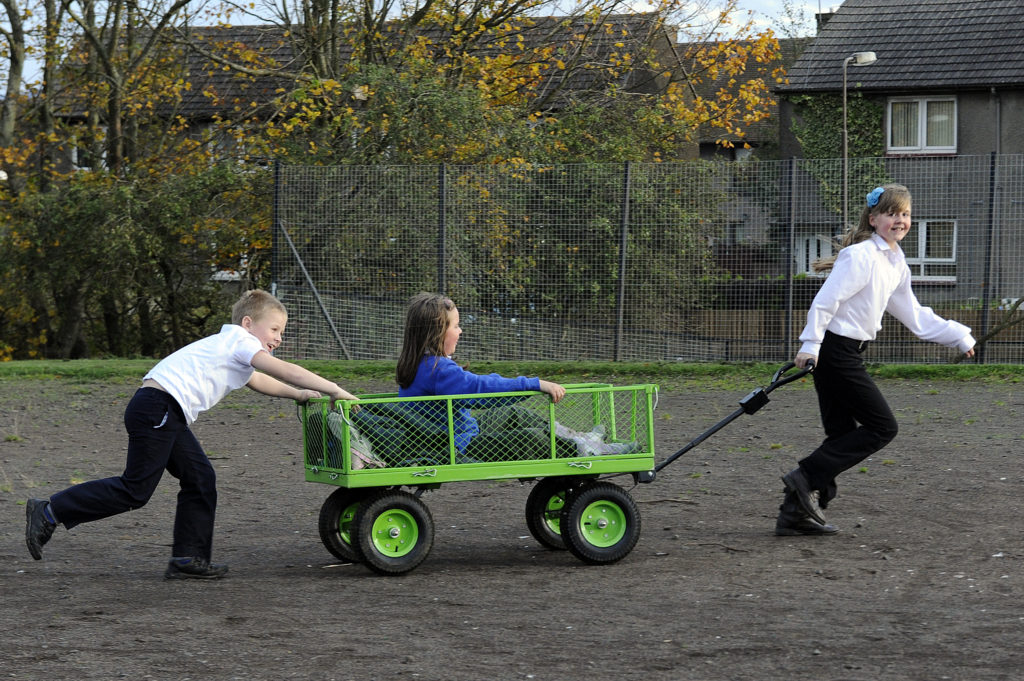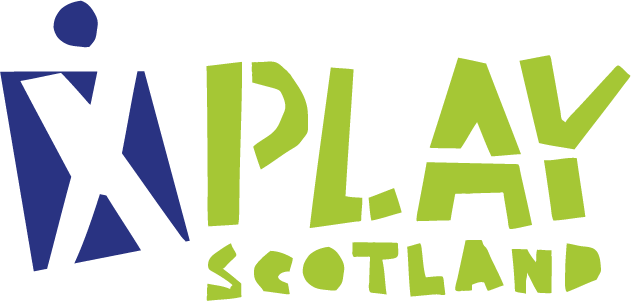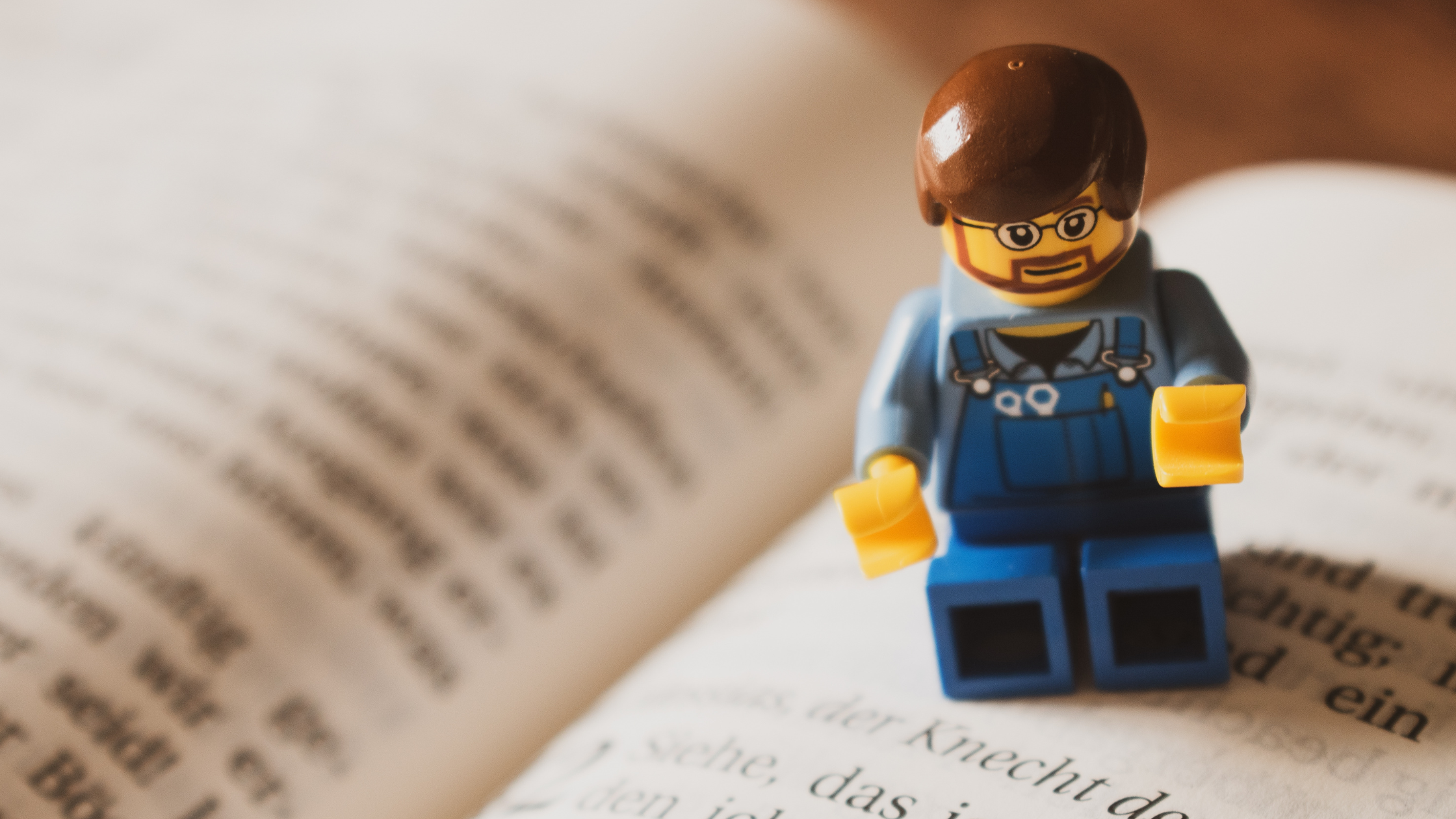The Playful Schools Conference 2023 was a free online conference, taking place from the 27th-29th of March, organised by the LEGO Foundation, the International School in Billund, and Project Zero at the Harvard Graduate School of Education. The three-day conference offered educators a variety of talks about the myriad of ways play can have a positive impact on learning. As you can imagine, Play Scotland were excited to attend the Playful Schools Conference this year.
The main room was situated in Billund, Denmark, and there were guest speakers invited from across the globe, from the USA, to Italy, to Afghanistan, to China. There were two time slots available for each day in order to give people more opportunity to take part, regardless of their time zone. Some speakers were in Billund for roundtable discussions, but most either gave live or pre-recorded talks from their own countries. However, the passion for play from all speakers, and freedom at points to select which workshop you wanted to take part in, was engaging and helped the conference to feel dynamic regardless of it being online.

While every session we took part in was fun and interesting, one of our favourites was Playing Together at a Distance on Day 2 of the conference. It was hosted by Liam Nilsen from Joylabz in Denmark, and focused on a very simple online browser tool. It’s so simple I’m not sure I can even call it a game on its own; the tool we used was a webpage with semi-lucent multicoloured tiles on a dark background, created by Joylabz. The stated intention, according to the programme, was that “we’ll explore how schoolyard games can adapt to new contexts and invent new ways to play together”. Due to the number of participants, we were split into two groups, around ten people in each. We were told, using these tiles, to collaborate to complete various tasks, such as creating shapes, creating a spinning circle, playing leapfrog, forming a rainbow, and all sorts of fun little things. Simple enough on its own, but there was a catch! Due to being in two teams from across the globe, we couldn’t verbally communicate with one another. We almost had to intuit what the other members of our group were planning, and either lead or follow the team with no way to share our ideas before trying them; in other words – play!
Another interesting workshop was Day 3’s Designing Inclusive Art Experiences, hosted by Jean Loo from Superhero Me in Singapore. Superhero Me gives disabled children opportunities to work with adult artists to express their own creativity and learn from a professional.

The talk began by explaining the difference of viewing disability with a medical model or a social model. The medical model holds that disabled people are disabled by their impairments. This creates a perspective of the impairment as something that’s “wrong” with the individual. The social model says that disabilities are created by the context and society the individual lives in. This model has more of a focus on removing the barriers society has placed on disabled people. Superhero Me follows the social model of disability, and works to remove barriers to disabled children’s self-expression and creativity.
They shared two short videos- one from an artist who helped one of the children to create patterned face masks, and one stop-motion animation created by two other children from Superhero Me. It was amazing to see how each of the children brought their own talents to their projects, and how Superhero Me supported them all by creating an inclusive art space that took each of their needs into account. Jean Loo then went on to talk about how the educators on the course could create an inclusive art space themselves, asking us to think about how the energy levels should flow throughout a lesson, what audio and visual guides we should use to ensure that children know the day’s routine and what’s expected of them, who else we would need to help assist, etc. There are many aspects to consider, but all of them are worth it.
Each day of the conference had its own subtitle, which explained the themes of the day; Day 1 was “More than one way to play”; Day 2 was “Play with a purpose”; and Day 3 was “Play to change the world”. However, I felt that they all tied into each other. Each day, despite tweaking the subject matter to mirror the day’s theme, discussed the values of caring for the environment and how to meaningfully include disabled children in learning, and even just the fact that you should listen to children rather than just telling them what to do.

Play and learning are intrinsically linked. It has been fascinating to learn from speakers from around the globe, and it has been an inspiration to see how different countries, cultures, and organisations view and act upon playful learning. We at Play Scotland found a lot of value in the research and viewpoints that were expressed during the Playful Schools Conference, and can’t wait for next year. For more information about playful schools and play and learning, check out our Play Pedagogy page!
This blog was written by Chris Drewery, Project Support Intern, Play Scotland





